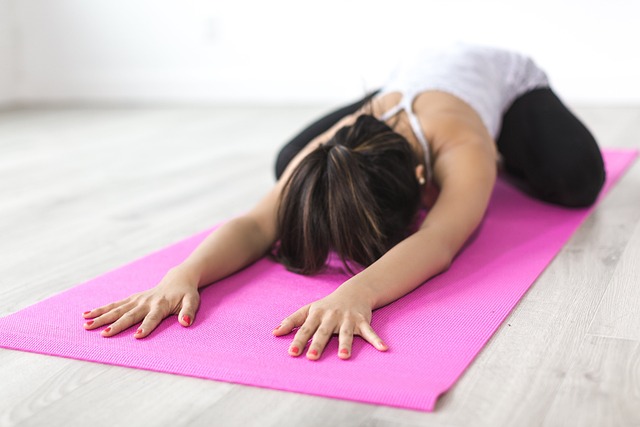In today’s fast-paced world, finding balance and peace can feel like an impossible goal. That’s where yoga comes in—a practice that not only strengthens the body but also calms the mind. Whether you’re a beginner or have been practicing for years, yoga offers a holistic path to wellness that can transform every aspect of your life.
What is Yoga?
Yoga is a centuries-old practice originating from India that combines physical postures (asanas), breathing techniques (pranayama), and meditation. While many people turn to yoga for flexibility or stress relief, its benefits extend far beyond the mat. It supports physical health, emotional balance, and spiritual growth.
Benefits of Practicing Yoga
1. Increases Flexibility and Strength
One of the most well-known benefits of yoga is improved flexibility. Over time, consistent practice helps stretch and lengthen muscles. In addition, many yoga poses build strength, especially in the core, legs, and upper body.
2. Reduces Stress and Anxiety
Yoga encourages mindfulness and deep breathing, which help activate the parasympathetic nervous system—the body’s rest and relaxation mode. This makes it highly effective for reducing stress and anxiety levels.
3. Enhances Posture and Balance
Poor posture can lead to pain and tension, especially in the neck and back. Yoga builds awareness of body alignment and strengthens the muscles that support good posture. It also improves balance, reducing the risk of falls and injuries.
4. Boosts Energy and Vitality
A consistent yoga practice increases blood circulation, improves breathing efficiency, and encourages better sleep—all of which contribute to feeling more energized and focused throughout the day.
5. Supports Mental Clarity and Focus
Through meditation and breath control, yoga helps clear mental clutter, increase self-awareness, and sharpen concentration. It’s a powerful tool for anyone seeking mental clarity and emotional resilience.
Simple Yoga Routine for Beginners
If you’re new to yoga, here’s a short and gentle sequence you can try at home
-
Mountain Pose (Tadasana) – Stand tall with feet hip-width apart, arms at sides. Focus on grounding through your feet and lifting through your spine.
-
Cat-Cow Stretch – On hands and knees, alternate arching and rounding your back to warm up the spine.
-
Downward-Facing Dog (Adho Mukha Svanasana) – Lift your hips up and back to form an inverted V shape. Keep your knees bent slightly if needed.
-
Warrior II (Virabhadrasana II) – Step one foot back, bend the front knee, and extend your arms parallel to the floor. Strengthens legs and improves focus.
-
Child’s Pose (Balasana) – Kneel and fold forward with your arms extended. A restful pose to release tension and relax.
Hold each pose for 3–5 breaths, and repeat the sequence twice for a short yet effective practice.
Tips
-
Start Slow Choose beginner-friendly classes or videos. Focus on form and breathing rather than perfection.
-
Be Consistent Even 10–15 minutes a day can make a noticeable difference over time.
-
Use Props Yoga blocks, straps, or cushions can help you find comfort and alignment in poses.
-
Listen to Your Body Yoga is not about pushing through pain. Modify poses as needed and honor your limits.
-
Create a Calm Space Practice in a quiet, clean area where you can move freely and focus without distractions.
Yoga is more than just a workout—it’s a lifelong journey toward health, mindfulness, and self-discovery. Whether you’re looking to relieve stress, build strength, or simply slow down, yoga offers something for everyone. Start with a few basic poses and gradually deepen your practice. With patience and consistency, you’ll experience not only physical transformation but a more centered and peaceful state of mind.


